Fall 2022 conditions
October 2022 was one of the driest and warmest Octobers on record with daytime highs consistently 4-10 degrees above normal. British Columbia saw very limited precipitation during what is typically a wet month. With very limited moisture, drought conditions in forests were much higher than normal for the late fall.
The elevated drought codes in certain regions, namely the Kamloops Fire Centre, the Rocky Mountain Trench, the Peace Region, and southern portions of the Cariboo, have carried over into spring 2023.
Recent burning conditions
The BC Wildfire Service has observed unusually advanced fire behaviour for this time of year as a result of the current drought conditions and the public should know the majority of spring wildfires are caused by people and are therefore preventable.
Last spring wildfire season (April 1 – June 30, 2022) there were a total of 135 wildfires. 99 per cent of these were human-caused.
This is compared to the summer/fall wildfire season (July 1 – Dec 1, 2022), which included 1,569 wildfire ignitions; 25 per cent of these were human-caused and 74 per cent were naturally caused.
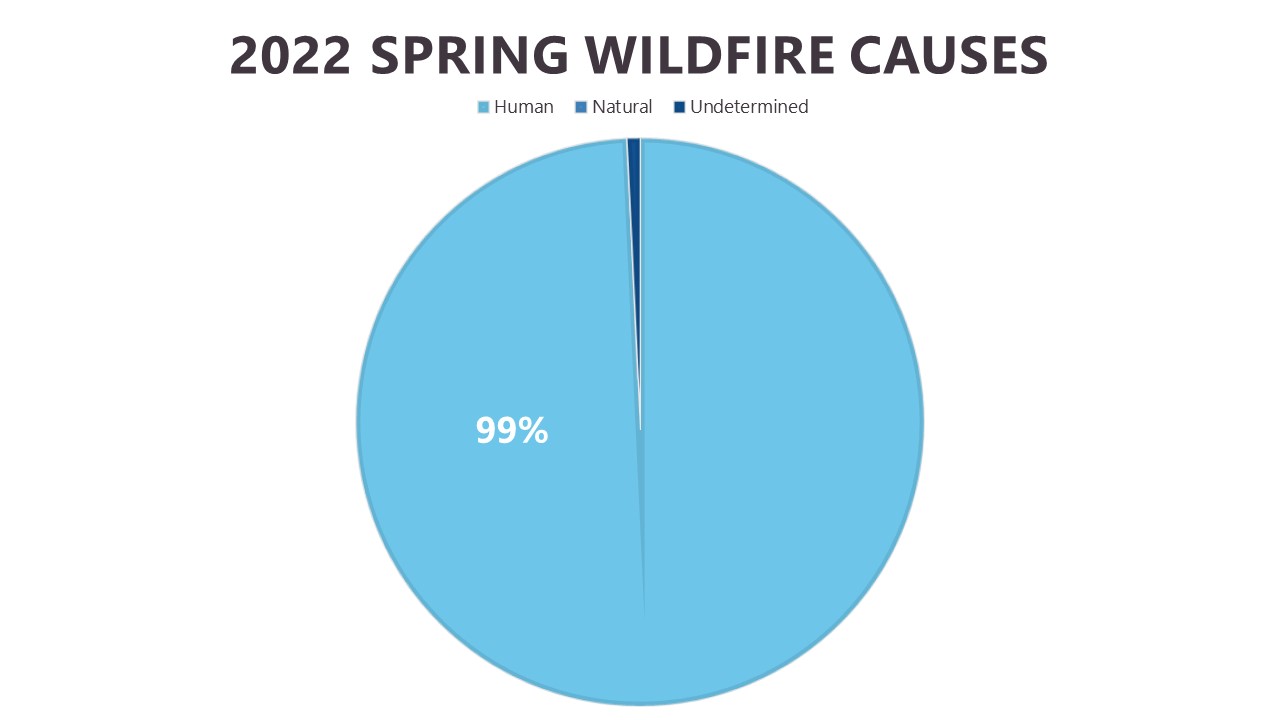

Right: 25 per cent human-caused; 74 per cent natural; less than 0 per cent undetermined
In early spring, most escaped open burns have one or both of the following factors in common:
- the burn has been left unattended (even for a very short duration)
- sudden changes in wind speed and direction
In order to conduct a safe and successful burn:
- ensure an open burn is never left unattended
- use free weather forecast tools such as www.spotwx.com or windy.com (this includes local wind speeds and direction, and provides more detail than high-level weather forecasts – there is also a layer for windy.com data available in our mobile app)
- check the venting index
Fires may burn deeper and for longer periods in areas where drought conditions have persisted from the fall of 2022. Be prepared to exert greater effort to extinguish spring burns this year.
If you would like to consult with a professional meteorologist before burning, you can call Environment and Climate Change Canada’s weather one-on-one consultation line at 1-888-292-2222.
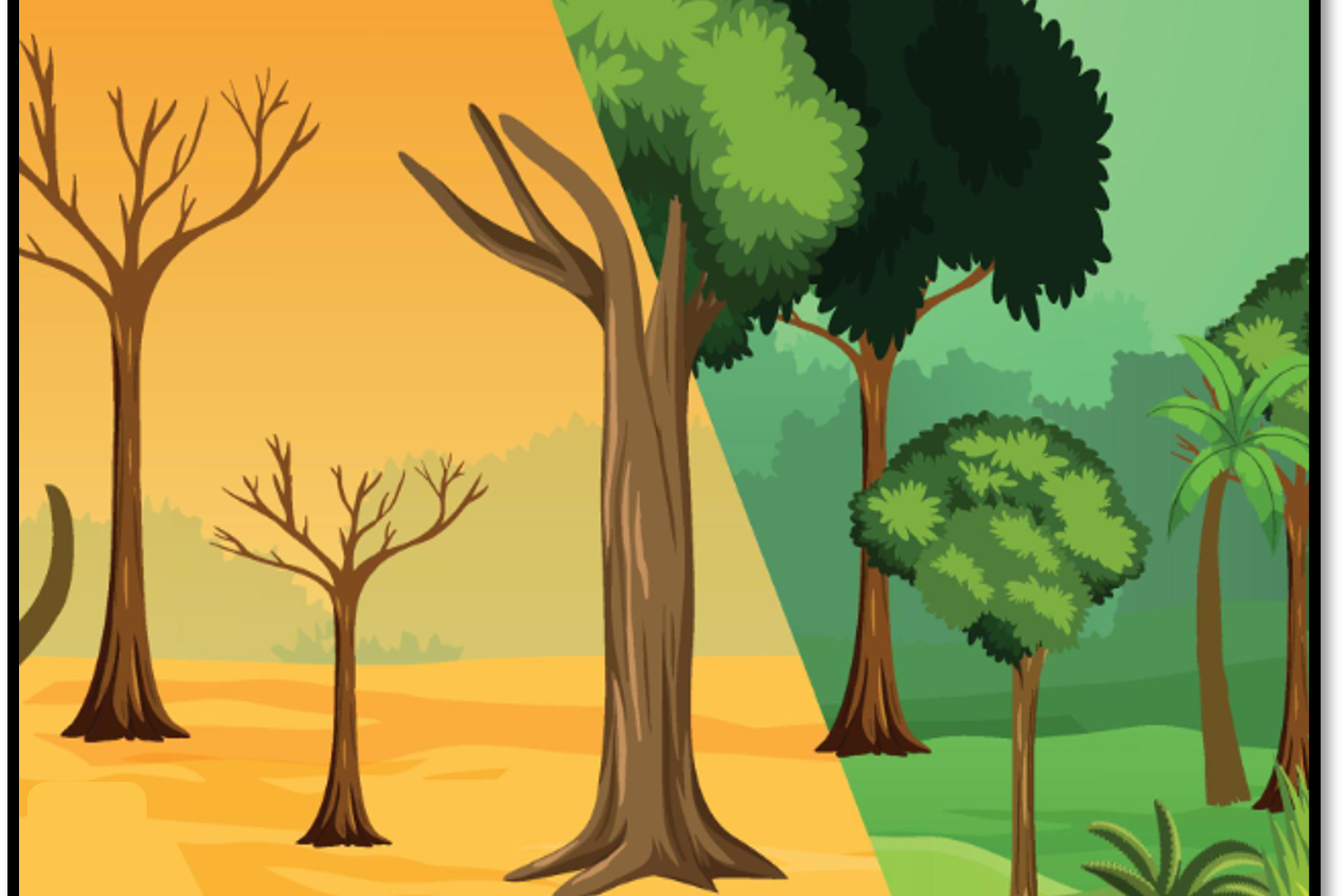
Watch Matt MacDonald, lead fire weather forecaster for the BC Wildfire Service deliver a brief presentation on the spring wildfire outlook. This spring readiness call also includes presentations by Minister of Emergency Management and Climate Readiness, Bowinn Ma and technical specialists from Environment and Climate Change Canada and the River Forecast Centre. It includes information on the spring snowpack, freshet and flood season.
Spring wildfire outlook
The BC Wildfire Service anticipates a relatively normal spring pattern with cool conditions and scattered showers across much of the province.
Early season lightning fires are unlikely as the snowpack persists at elevation and continues to bury fuels that are otherwise receptive to lightning ignitions. The Interior is already experiencing valley-bottom grass fire activity (primarily human-caused) and the potential for early-season grass fires elsewhere will depend on the persistence of valley bottom snow.
Elevated drought conditions from fall 2022 will persist until significant and prolonged precipitation is observed.
Possible scenarios
Dry
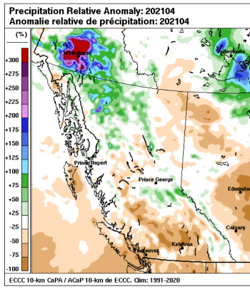
“Normal”
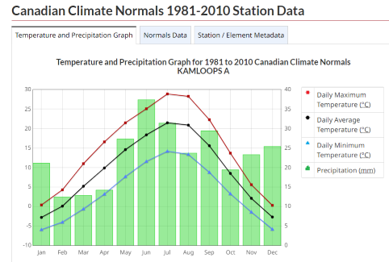
Wet
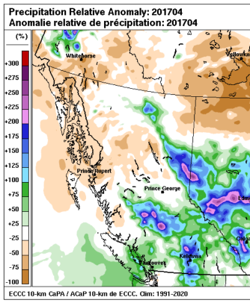
Rain over the Easter long weekend helped alleviate drought conditions in some regions including the B.C. Coast and portions of the Kootenays. The rain shadow effect of the Coast Mountains resulted in less rainfall over the Kamloops Fire Centre and the Cariboo where elevated drought codes persist.
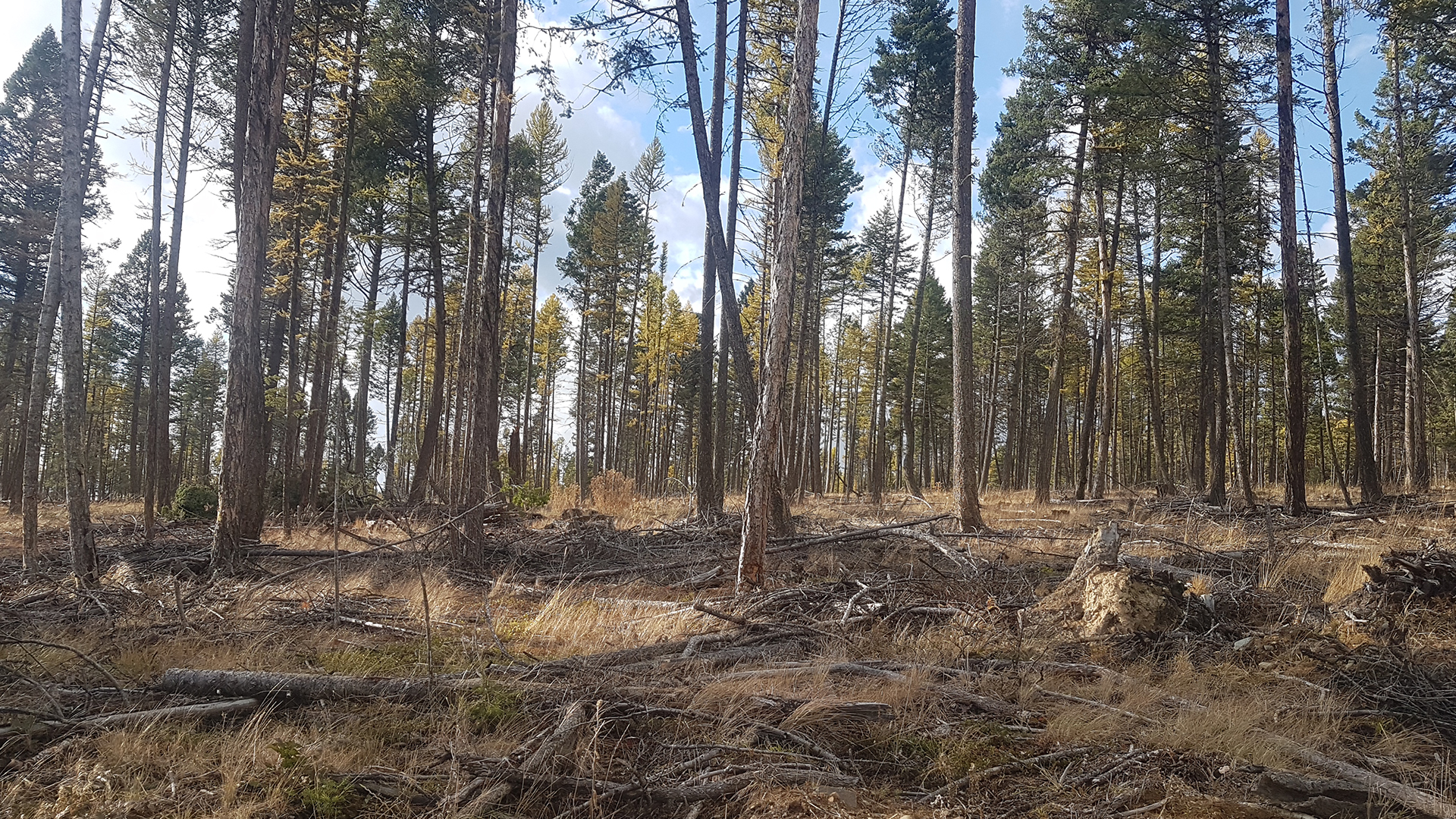
Open Burning 101
Open burning can be a useful tool when conducted responsibly while it is permitted. If conducted irresponsibly or in unsafe conditions, the potential of a human-caused wildfire increases. Human-caused wildfires are completely preventable. Always practice safe, responsible fire use where permitted.
